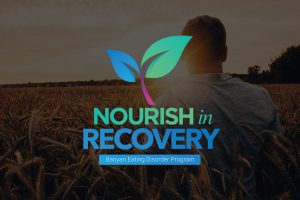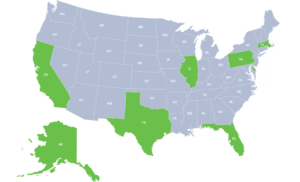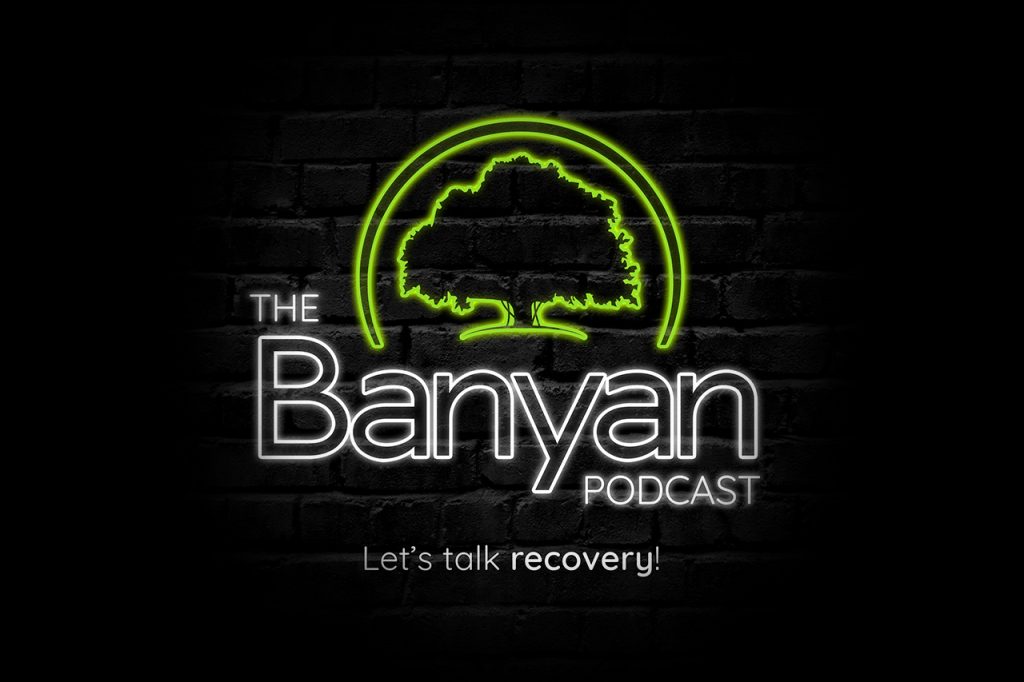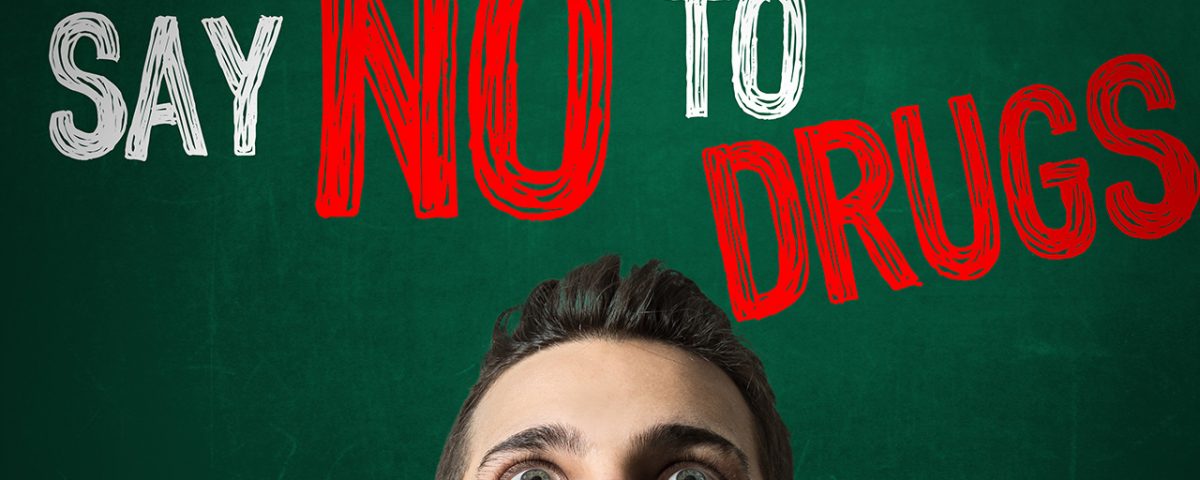If you were in elementary or middle school in the 1980s or ’90s, then you may remember the DARE program.
Founded in 1983, Drug Abuse Resistance Education (DARE) was a culmination of Nancy Reagan’s “Just Say No” campaign and America’s “War on Drugs.” For about 15 years, DARE was a norm in public school education. However, while the program was immensely popular at one point, there was one major problem: the DARE program failed. A study following up with students 10 years after the program is one of the many that there were little differences between 6th-grade students who received DARE or standard drug education.1So, exactly why did the DARE prgram fail?
History of the DARE Program
1980s
If you were in school when it was established, you might have heard of this program before. But what does DARE stand for? DARE stands for Drug Abuse Resistance Education. The DARE program was established in 1983 when the Los Angeles Police Department (LAPD) and the Los Angeles Unified School District (LAUSD) recognized that enforcement alone couldn’t reduce or prevent substance abuse. Thus, DARE became a new drug resistance education program for grade school students in an attempt to prevent drug use among this group. In 1984, DARE created a middle school curriculum, followed by a high school curriculum in 1989. However, these programs were considered more non-interactive than interactive. The program started as a 17-lesson curriculum for elementary schools, which focused on prevention science and teaching information about the side effects of drug abuse. LAPD officers were even trained to teach the DARE curriculum to students to “put a face” on the campaign.
1990s
Because most teachers at the time never received drug use or abuse prevention or how to deliver these lessons in college, the responsibility to carry out the program fell on LAPD’s shoulders. In the 1990s, prevention science was weaved into the program because several studies had found that the program had a minimal long-term influence on drug use.
2000 - 2007
In another attempt to revamp the DARE drug program, the Take Charge of Your Life was developed and delivered as part of a large randomized trial that involved over 17,000 students in 7th through 9th-grade during February 2001. However, this curriculum also proved to be ineffective and was not found to have any lasting effects on behavior regarding drug use. This was followed by another DARE curriculum created by Dr. Chris Ringwalt that was tested in an area of Philadelphia where substance abuse was prevalent. The study consisted of 5th-grade students in 17 urban schools. This curriculum also failed to have any impact on drug use among students.2
2007 – Present
Following several DARE campaign failures, the keepin’ it REAL curricula was adopted to make the program more interactive, the middle school version in 2008 and the elementary version in 2013. The curricula emphasized interactive learning groups guided by DARE officers instead of listening to a lecture. Officers applied a decision-making model to teach students to develop their own ways of positively addressing high-risk drug situations.
Over the years, problems like the opioid epidemic and the rise in lung injuries associated with vaping (EVALI) inspired more DARE efforts. DARE released a new Opioid & OTC/Rx Drug Abuse Prevention Curriculum in 2018 and a Vaping Prevention curriculum in 2019. The rise in suicide rates also inspired DARE to collaborate with the American Foundation for Suicide Prevention to adapt their program, “More Than Sad: Teen Mental Health Enhancement Lesson,” for delivery by DARE officers. But to no avail. Despite all of these efforts, the DARE program failure has become a significant stain in its history.
Where and Why The DARE Program Failed
So, with all the lessons and efforts it made, why did the DARE program fail? The DARE program failed for several reasons, including the use of policemen to deliver curricula rather than addiction treatment specialists and the use of scaremongering. The DARE workshops mainly involved police officers going in and teaching students about the drugs they may encounter at some point in their lives and how to say no. However, law enforcement employed a zero-tolerance approach to drugs that cut off any conversation. Additionally, there’s often an element of any classroom that views law enforcement as an oppositional force.
Additionally, the DARE program also failed because it utilized tactics that would exaggerate the effects of drug use to instill fear in rather than educate students. When it comes to anything, including anti-drug campaigns, honesty is the best policy. Although drug abuse is dangerous for a variety of reasons – many of which have become evident by the growing need for opioid treatment amid the epidemic – teens are good at catching and dismissing clear exaggerations.
Unfortunately, there’s even evidence that the DARE program increased drug use. One study conducted by researchers at Ohio University and Pennsylvania State University suggested that anti-drug advertisements may increase curiosity about drug use. Their suggestion was largely based on the priming effects theory, wherein stimuli are thought to activate thoughts of the topic by providing more available examples to viewers.3 According to anti-drug campaign expert at Ohio State University Michael Slater, the best way to combat drug use is to dispute the idea that it makes you an independent risk-taker. He claimed that campaigns like Be Under Your Own Influence and Above the Influence led to a dip in marijuana use, according to previous studies.4,5 Despite the program's failures, however, certain schools and areas continue to utilize it. We only hope that the curricula has been modified according to these past findings.
Regardless of whether DARE increased drug use or was simply ineffective, one thing remains true: substance abuse of any kind is dangerous. Both prescription and illicit drug use can lead to addiction as well as health problems in your heart, liver, kidneys, and more. Drug and alcohol abuse can also affect your relationships and can have a direct impact on your loved ones. At Banyan Treatment Centers, we’ve helped numerous patients overcome their addictions and develop practical ways to stay sober. We also offer honest education about addiction to our patients through our drug therapy programs and addiction counseling services.
If you or a loved one is suffering from a substance use disorder, we can help. Call Banyan today at 888-280-4763 to learn more about our levels of substance abuse treatment.
Source:
- APA PsycNet -Project DARE: No effects at 10-year follow-up
- Journal of Drug Education - A Short-Term, Quasi-Experimental Evaluation of DARE's Revised Elementary School Curriculum
- Bentham Open - The Curiosity-Arousing Function of Anti-Drug Ads
- NIH - Combining in-school and community-based media efforts: reducing marijuana and alcohol uptake among younger adolescents
- NIH - Assessing media campaigns linking marijuana non-use with autonomy and aspirations: "Be Under Your Own Influence" and ONDCP's "Above the Influence"




















